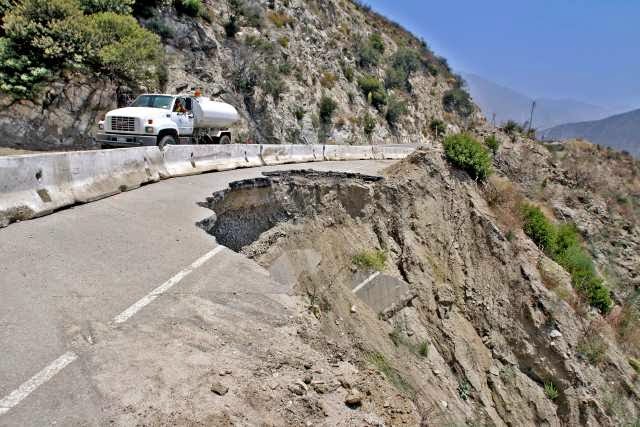Dine-in or order take-out at MOD Pizza-Culver City ALL DAY on April 26, 2016 and Friends of Brentwood Science Magnet will receive 20% of the proceeds. Make sure to print the flyer below and show it before paying.
MODpizza.com
8985 Venice Blvd, Los Angeles, CA 90034
Mr. Gantt's Earth Science Lab Blog
The classroom blog of Mr. Gantt at Brentwood Science Magnet.
Tuesday, April 19, 2016
Thursday, March 3, 2016
Surviving A Flood
5th grade students had to design and build a structure so their homes would survive a flood. They tested their structures and reflected on how they would redesign their structures to make it better.
Students had a budget of $100,000.
A rock cost $5000.
A toothpick cost $10,000.
A popsicle stick cost $20,000.
Students had a budget of $100,000.
A rock cost $5000.
A toothpick cost $10,000.
A popsicle stick cost $20,000.
Tuesday, February 2, 2016
2nd Grade-Week 5 Fossils!
5th Lab Session Week
Concept:
Investigation: Why do scientist study fossils?
4th Grade-Week 5 Pangea
5th Lab Week
Concept: Movement of Continents
Concept: Movement of Continents
Investigation: How Has the Earth’s Surface Changed?
Vocabulary:
Pangaea
supercontinent
plate tectonics
lithosphere
Continental Drift Theory
•What did Earth look like millions of years ago?
•What is the Theory of Continental Drift?
•What evidence supports the Theory of Continental Drift?
BrianPop.com video of the week: Plate Tectonics and Earthquakes
In the early 1900's Alfred Wegener proposed the idea of Continental Drift. His ideas centered around continents moving across the face of the earth. The idea was not quite correct - compared to the plate tectonics theory of today - but his thinking was on the proper track.
4th/5th Grade-Week 4 & 5 Stream Tables and Weathering
4th Lab Session Week
Concept: What causes Earth's surface to change?
Investigation: How does water change Earth’s surface?
Vocablulary
Weathering
Erosion
Deposition
Canyon
Delta
Delta
•What is weathering?
•What can cause weathering?
•What is erosion?
•What is deposition?
•What landform is created by a river at the end of a river?
•What can cause weathering?
•What is erosion?
•What is deposition?
•What landform is created by a river at the end of a river?
BrianPop.com video of the week: Weathering and Erosion
 |
| What does water in a river do to rocks? |
 |
| How do rocks get so small? |
CA Science Standards
5a. Students know some changes in the earth are due to slow processes, such as erosion, and some changes are due to rapid processes, such as landslides, volcanic eruptions, and earthquakes.
5c. Students know moving water erodes landforms, reshaping the land by taking it away from some places and depositing it as pebbles, sand, silt, and mud in other places (weathering, transport, and deposition).
6c. Formulate and justify predictions based on cause-and-effect relationships.
6d. Conduct multiple trials to test a prediction and draw conclusions about the relationships between predictions and results.
6f. Follow a set of written instructions for a scientific investigation.
For 2 extra credit points, take a picture at this recycling exhibit and send the picture to mr.gantt@gmail.com.
For 3 extra credit points, make a stream at this exhibit and video record water moving through your stream. Send the video to mr.gantt@gmail.com.
2nd Grade-Week 3 Screening River Rocks
3rd Lab Session Week
Concept: Screening river rocks
Investigation: How do rocks get smaller? How can we separate many rocks by size quickly?
CA Science Standards
3a. Students know how to compare the physical properties of different kinds of rocks and know that rock is composed of different combinations of minerals.
3b. Students know smaller rocks come from the breakage and weathering of larger rocks.
4c. Compare and sort common objects according to two or more physical attributes (e.g., color, shape, texture, size, weight).
4d. Write or draw descriptions of a sequence of steps, events, and observations.
4f. Use magnifiers or microscopes to observe and draw descriptions of small objects or small features of objects.
4g. Follow oral instructions for a scientific investigation.
3rd Grade-Week 3 Our Solar System
Concept: The Solar System
 |
| These pictures we usually see of the solar system are not to scale. |
Here's an activity you can do at home to build a scale model of our solar system and the distance of the planets from the Sun. Click here.
4d. Students know that Earth is one of several planets that orbit the Sun and that the Moon orbits Earth.
5c. Use numerical data in describing and comparing objects, events, and measurements.
Subscribe to:
Comments (Atom)














































